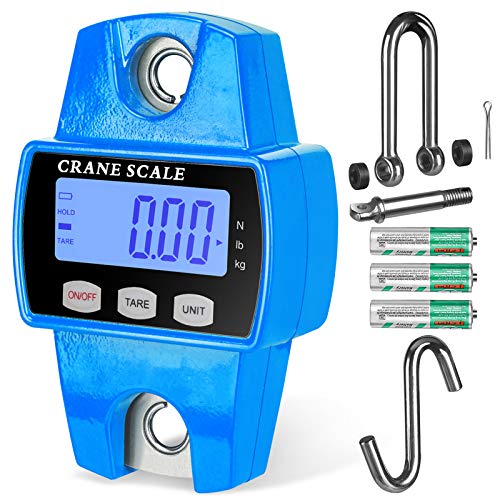This is the surprising room in your house that gets dirtier faster than the rest, and it's not the 1 you think
Cleaning experts reveal your home's secret germ hub and how to keep it sparkling


When it comes to the dirtiest room in the house, most people immediately think of the bathroom. But according to cleaning experts, it's actually the laundry room that takes the crown.
It’s the home's hidden hub of heat, moisture, fabric particles, and detergent build-up – creating an environment where grime, mold, and bacteria can secretly thrive.
When it comes to laundry tips, our cleaning experts are on hand with the most vital of all – a list of your laundry room's key problem areas, and how you can keep that bacteria at bay.
Why laundry and utility rooms get dirty fastest
1. Moisture and heat
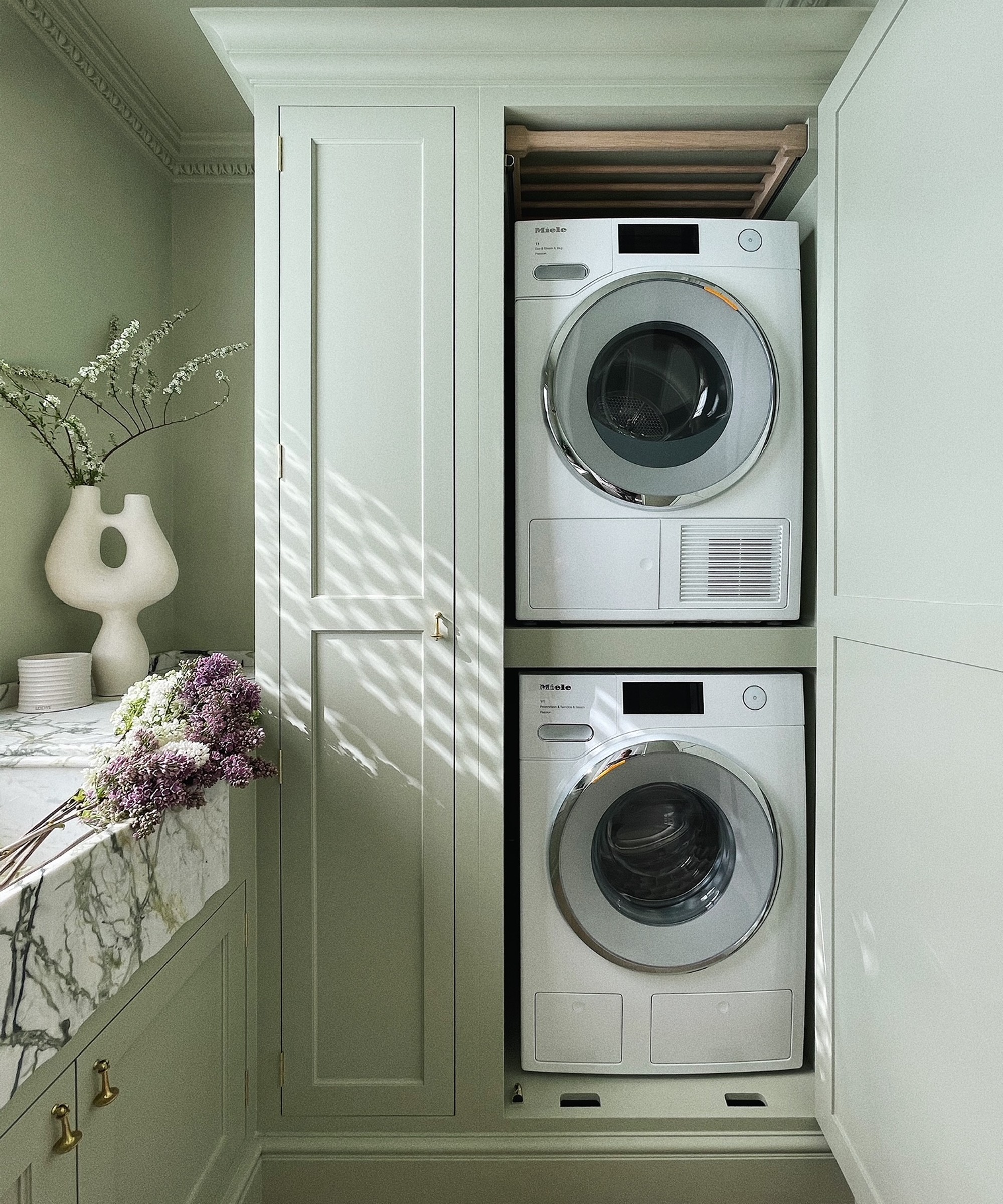
Managing moisture and heat is key to maintaining a clean laundry room.
Laundry rooms tend to be small, enclosed spaces that trap warm, damp air – the ideal conditions for mildew and mold. Without proper ventilation, walls, floors, and appliances can stay damp for hours.
Muffetta Krueger, founder of Muffetta's Housekeeping, says, 'I can confidently say that the laundry room is one of the dirtiest and most overlooked rooms in any home. Though it’s associated with cleanliness, it ironically becomes a breeding ground for bacteria, mold, and grime.
'Laundry rooms often lack ventilation, creating a humid environment where mold and mildew thrive, especially around washer seals and behind machines. Regularly open windows if you have them; otherwise, a small dehumidifier or exhaust fan helps prevent mold and improves air quality.'
All prices were correct at the time of publication.
Design expertise in your inbox – from inspiring decorating ideas and beautiful celebrity homes to practical gardening advice and shopping round-ups.
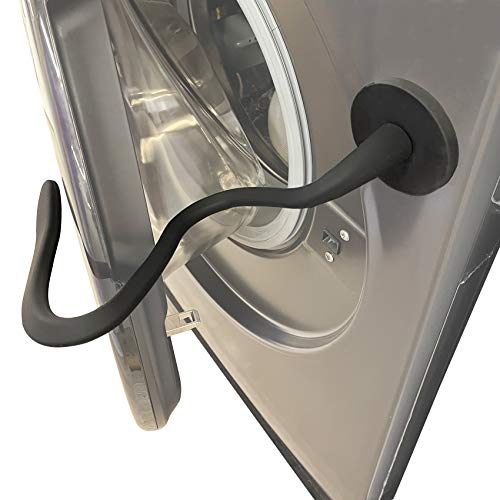
A handy accessory for front-load washers, this flexible but strong magnetic door prop helps ensure your washer door stays open, allowing much-needed ventilation when not in use to reduce mold buildup.
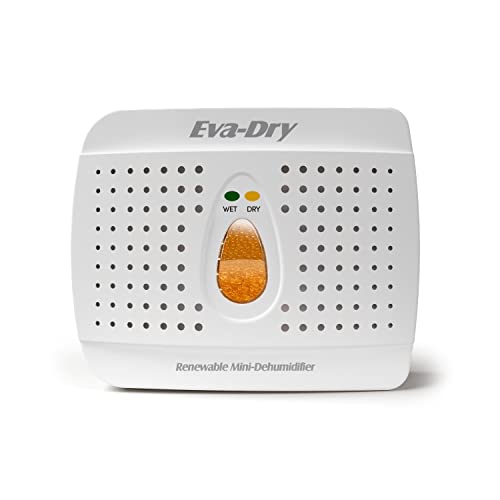
While the best dehumidifiers can set you back a bit, this space-saving cordless dehumidifier is not only affordable, but effective – quickly absorbing up to 6 fl. oz of moisture from the air.
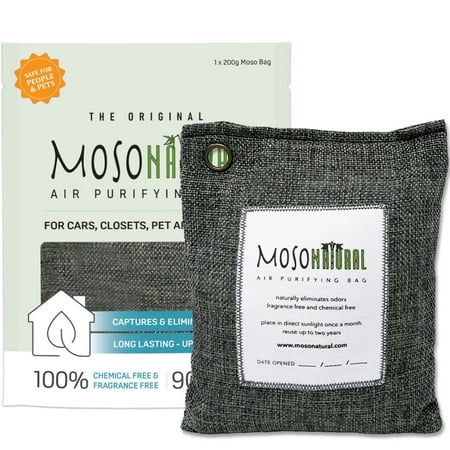
For small laundry rooms, these non-toxic, air purifying bags – which use charcoal to eliminate musty smells – are an easy, affordable way to regulate humidity, preventing dampness.
2. Drums and seals
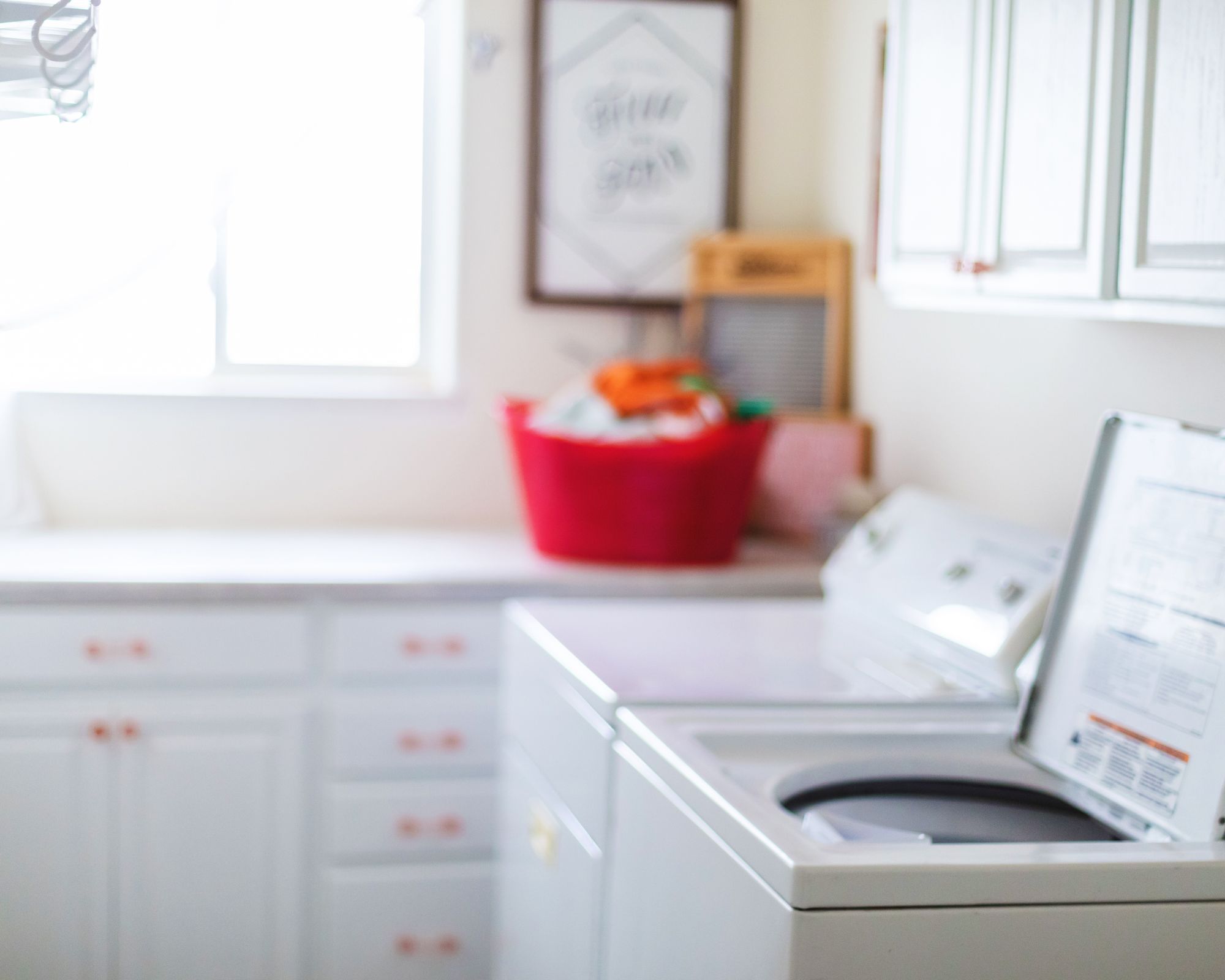
Leaving the door open between washes helps avoid mold buildup in your washing machine, extending its lifespan.
The rubber seals and inner drum of your washing machine are magnets for grime. Dirt, detergent residue, and dampness build up over time, especially in front-loading machines, leading to musty smells and mold growth.
Karina Toner, operations manager at Spekless Cleaning, says, 'If it’s a front-loader, the rubber gasket around the door can trap leftover detergent, moisture, and mildew – basically a mini ecosystem of stink. I wipe it down with white vinegar and run a hot empty cycle once a month with Affresh tablets – super easy and keeps things from smelling like wet gym socks.'
Great Value Distilled White Vinegar, available at Walmart, is an eco-friendly option which can not only clean your machine, but be added to cycles – whether to wash towels with vinegar, or as an alternative to fabric softener for that 'newly-bought' feel.
Toner adds, 'Oh, and leaving the door open between washes makes a huge difference, allowing that much-needed ventilation. Simple but effective.'
This simple practice keeps unpleasant odors at bay, ensuring the best washing machines can continue to smell fresh between loads.
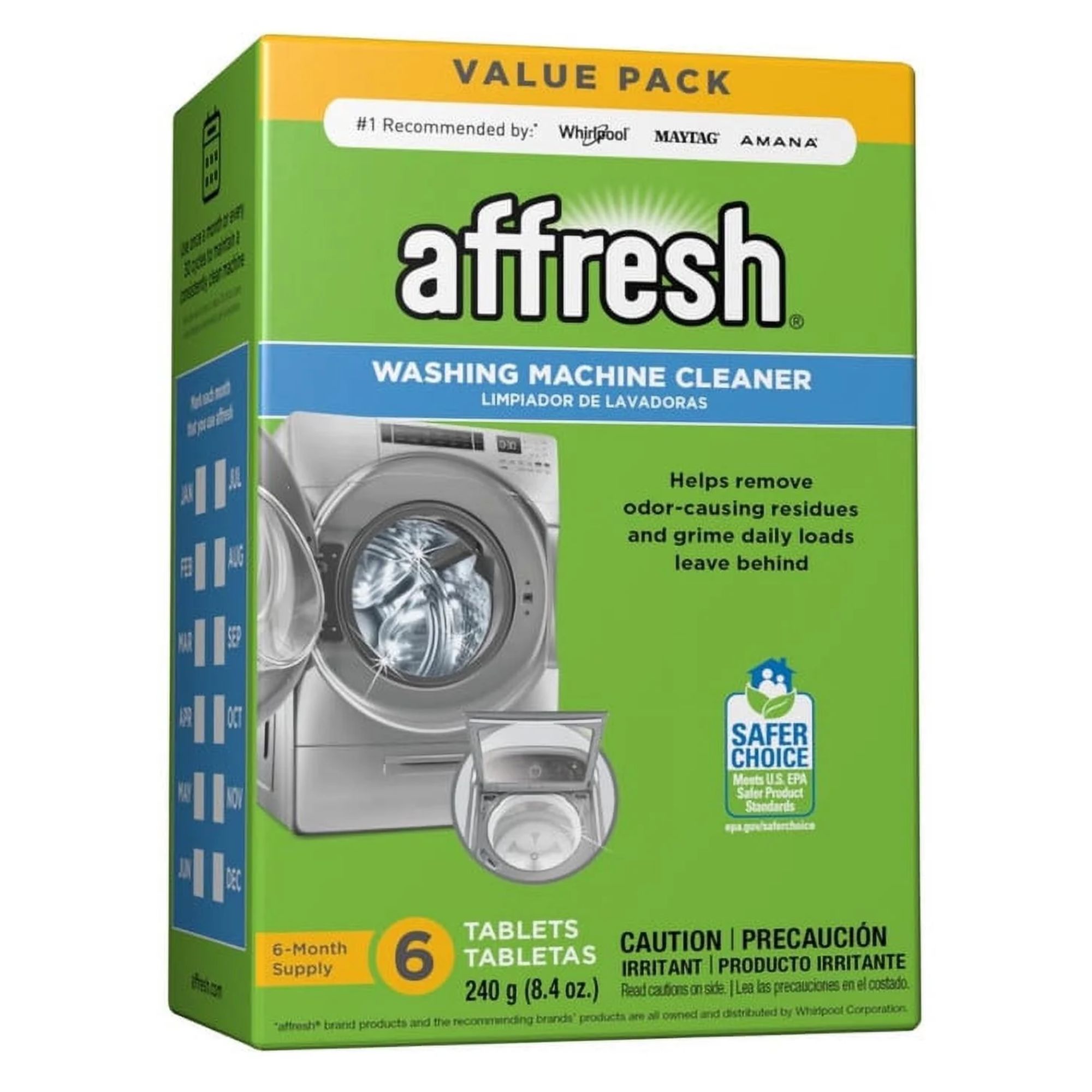
Specially formulated to dissolve slowly, removing odor-causing residue, this high-quality product is the one commercial washing machine cleaner people swear by. Safe to use with front-load and top-load machines, a monthly clean can keep yours mold-free.
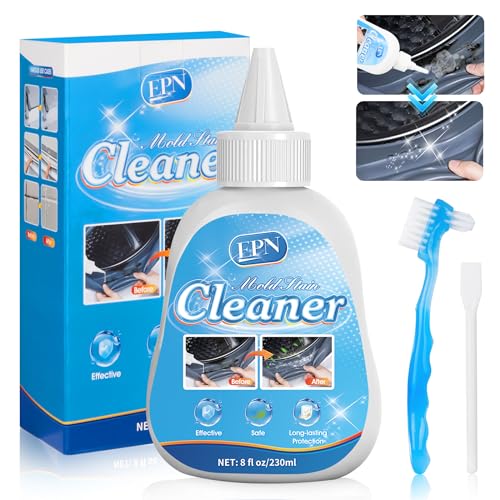
This powerful gel is specifically designed to quickly remove mold and stubborn stains from your washing machine. Simply squeeze a small amount, apply to the surface, wait for 3-10 hours, then wipe clean with a damp cloth. For stubborn stains, you can use the brush or scraper that come included.
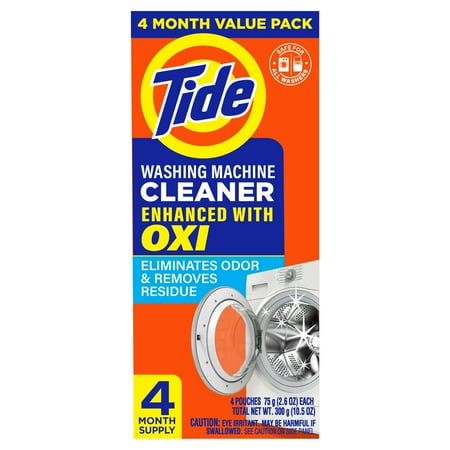
Popular with our pros, these washing machine cleaner powder packets claim to activate 20% faster than tablets, lifting away residue and deposits for a clean, fresh smell. It's suitable for use in all types of washing machines, including both front and top loaders, and those from all major brands.
3. Filters
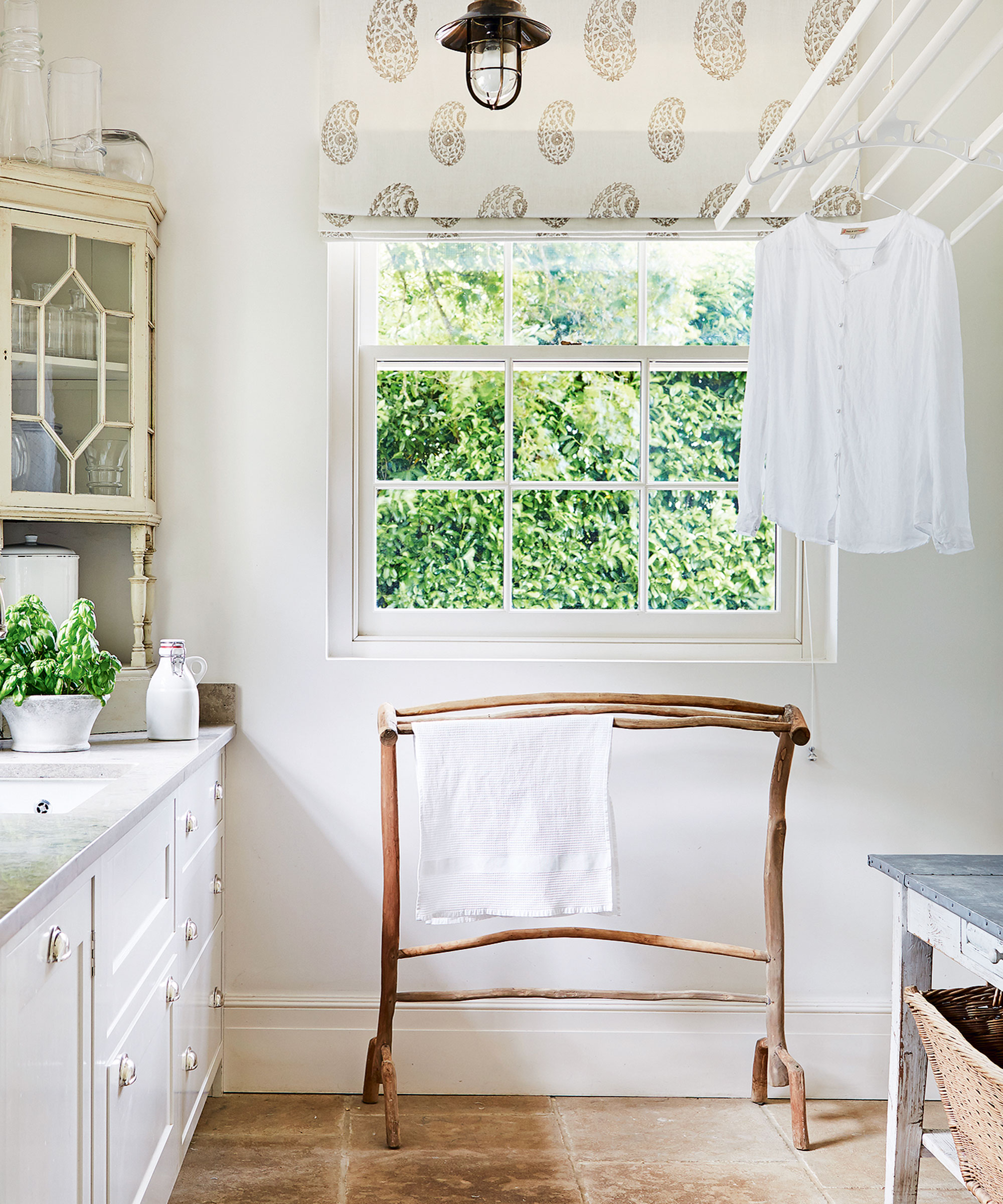
A well-maintained washing machine should have clean filters.
Both washers and dryers have filters that trap lint, debris, and detergent particles – and they’re often forgotten during regular cleaning.
Nicola Davies, founder of Tranquil Home, says, 'A dirty filter can stop water from draining properly, which can cause bad smells or even break your washer. Cleaning it keeps everything running smoothly. To do this, firstly find your filter (usually at the bottom front of the washer), open it, and pull out lint, hair, or anything stuck inside. Check it every month, especially if you wash pet bedding or heavy fabrics.'
Don't forget to pop a tray or towel under it before you open it as it often has a little water inside that can quickly seep under your washer for a real cleaning headache. I have learned this the hard way in my own home.
In dryers, a clogged lint filter not only reduces efficiency but increases fire risk. Clean dryer filters after every cycle, and check washing machine filters at least once a month.
It's one of the reasons why you should be using dryer balls, as this helps reduce static. The Everspring New Zealand Wool Dryer Balls from Target come highly recommended by our pros.
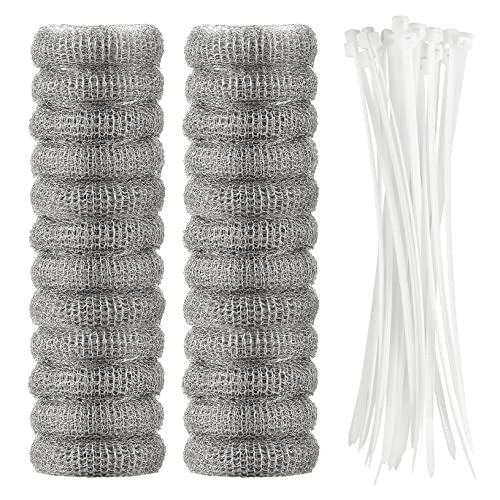
Industry expert Nicola Davies recommends this 24-piece pack of lint traps and cable ties, designed to fit most washing machine discharge hoses. Made of high-quality stainless steel, these sturdy traps do not rust or tear, reliably preventing clogging.
4. Hoses

Inspecting the hoses is another key maintenance tip for washing machines.
Over time, dryer and washer hoses can become clogged with lint or residue, or develop cracks and leaks – all of which lead to mess and potential hazards. The dryer vent hose, especially, is a hidden source of fire risk if lint builds up.
Toner says, 'People assume cleaning the lint trap is enough, but honestly, the danger’s in the vent hose. If lint builds up in there, it can choke airflow and become a serious fire hazard. Not to go full PSA on you, but the stats are wild – most laundry room fires are started by trapped lint.'
According to the National Fire Protection Association, the leading items most commonly first ignited in dryer fires are dust, fiber, or lint. This made up 26% of total house fires, of which there were 15,970 annually between 2010-2014 involving clothes dryers or washing machines.
Toner adds, 'I always recommend treating vent cleaning like a yearly chore – I use a brush kit like the Gardus LintEater, available from Walmart, to snake through the hose and pull all the fluff out. It’s quick, weirdly satisfying, and makes your dryer work way better.'
Our experts also advise disconnecting and vacuuming out hoses annually, inspecting them for signs of wear. Replace damaged hoses immediately to prevent leaks or inefficient airflow. Stainless steel braided hoses are a more durable replacement option compared to standard rubber hoses.
Taking these washer maintenance steps will reduce your home's fire risk and keep the appliance
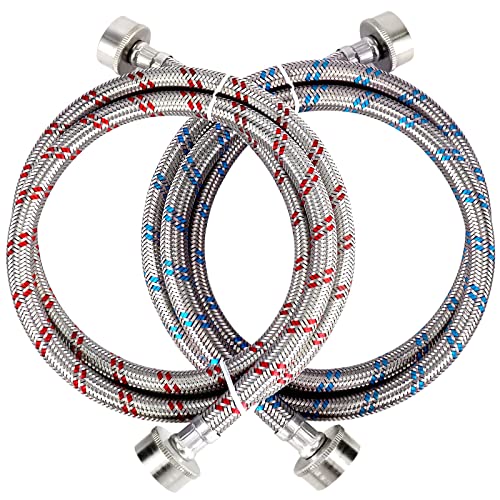
Cleaning pro Karina Toner recommends these 4-ft braided stainless steel hoses, which come in a pack of two – one for hot water, the other for cold. Coming with a 10-year guarantee, they easily connect to most household washing supply lines.
5. Clothes heap
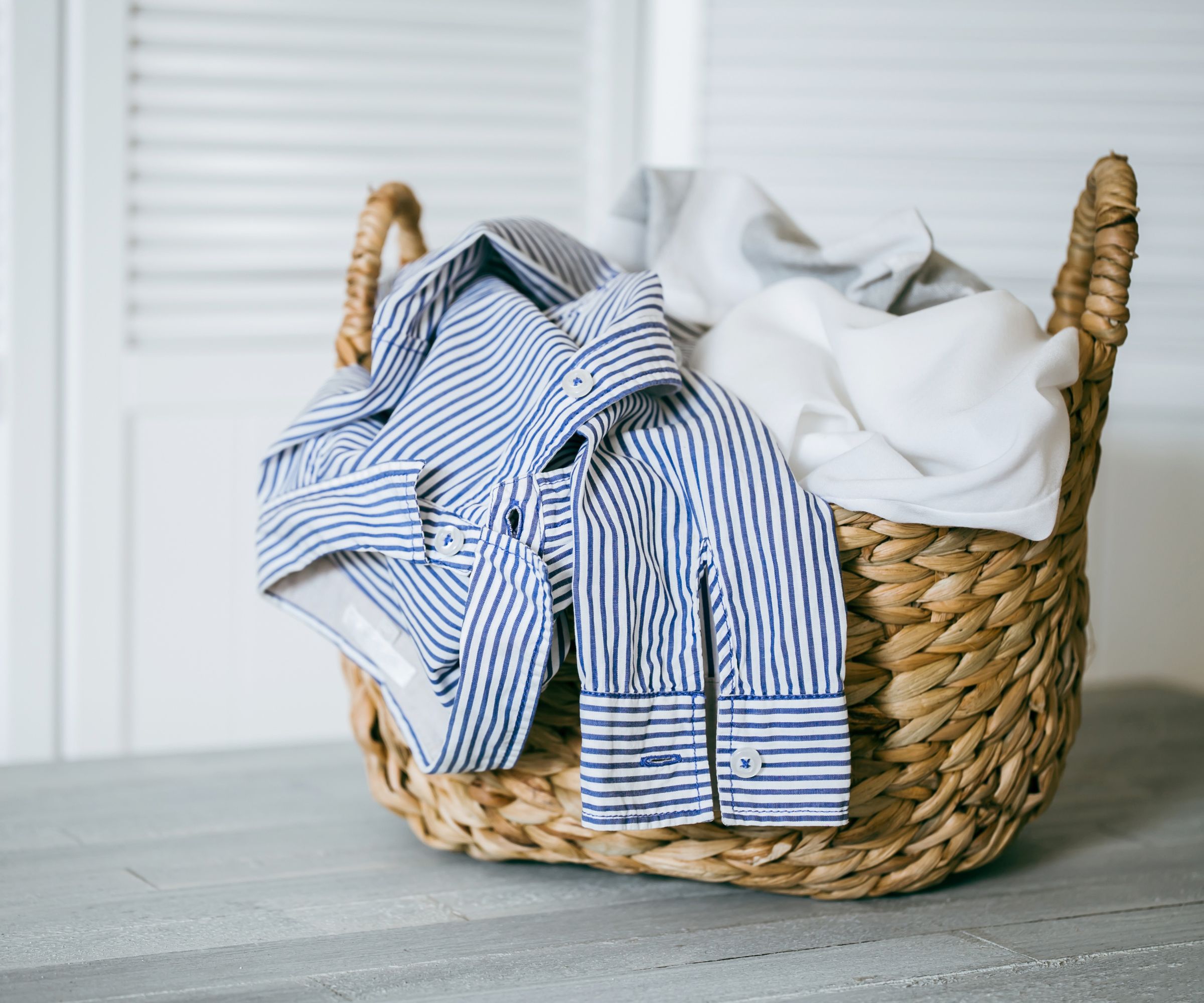
The clothes heap is a potential source of growing bacteria, if not addressed promptly enough.
Piles of dirty laundry aren’t just eyesores – they’re bacteria hotspots. Krueger explains, 'Hampers filled with damp or sweaty clothes harbor bacteria, odors, and even viruses, especially from gym gear and undergarments.'
Though you don't need to do laundry every day, one of the things people who are good at laundry always do is ensure dirty mounds aren't allowed to fester.
Store dirty laundry in a breathable hamper – such as a Brightroom Pop-Up Mesh Laundry Hamper, available at Target – and wash it frequently. Don’t let wet laundry linger, either in the basket or in the machine.
Krueger adds, 'Encourage family members to sort and load laundry regularly, especially wet clothes from workouts or swims.'
Soaking in cold water with a cup full of each of vinegar and baking soda can help neutralize sweaty smells, preventing your washer from becoming stinky. This is especially important when regularly using low temperature eco-friendly washing cycles.
6. Surface spills

Address spills promptly to ensure a clean, bacteria-free laundry room.
Laundry rooms often suffer from detergent spills and drips, especially around the machine, on shelving, in cabinets, and around the detergent drawer. These can attract dust, become sticky, and even grow mold.
Krueger says, 'Wipe down shelves, detergent bottles, hampers, and countertops weekly, using disinfecting wipes or an all-purpose cleaner.'
A sprinkle of baking soda with some cleaning vinegar is an affordable but potent mix that will have surfaces sparkling and germ-free in seconds. Arm and Hammer Baking Soda, also available at Walmart, has a twist-top lid to ensure moisture stays out.
Toner adds, 'The detergent drawer is another place people forget – it gets gunky fast. Pop it out if you can and soak it in warm, soapy water. An old toothbrush works great for getting into the corners.'
Keeping a dedicated small scrubbing brush from Walmart nearby for the job will make easy work of stubborn residue.
Meet the experts

With more than 15 years of operational management experience in the industry, Muffetta is a driving force in the domestic service business. She is the founder of Muffetta’s Housekeeping, which proudly brings order and cleanliness to busy families and individuals.

With extensive contributions in Homes & Gardens, Real Homes, The Spruce, and many more, professional cleaner Karina has extensive knowledge of both commercial and residential cleaning. In her role as operations manager at Spekless Cleaning, she ensures high standards and delivery.

Founder of Tranquil Home, an award-winning, eco-friendly cleaning company in San Diego, Nicola has over a decade of experience in the cleaning industry, in which she has helped deliver high-quality, non-toxic cleaning solutions to thousands of homes across Southern California.
It might not be top of your chore list, but you can now see why keeping the laundry room clean is vital for both hygiene and safety. With regular maintenance and a bit of awareness, you can turn one of the dirtiest rooms in your home into one of the most sanitary.
Next, learn about the laundry product you're probably using wrong, the things to never put in a washing machine, and when it's right to add vinegar to laundry.

With more than a decade of experience writing news, lifestyle, consumer, and human interest articles for a wide range of national and international publications, Andy is a highly-qualified journalist writing features for the national press. From front porch to backyard, attic to basement, Andy has written about every area of the home. He specialises in bringing together the best industry expertise to answer all of your most pressing home and garden questions about seasonal and everyday cleaning, decluttering, organizing and DIY.
You must confirm your public display name before commenting
Please logout and then login again, you will then be prompted to enter your display name.
